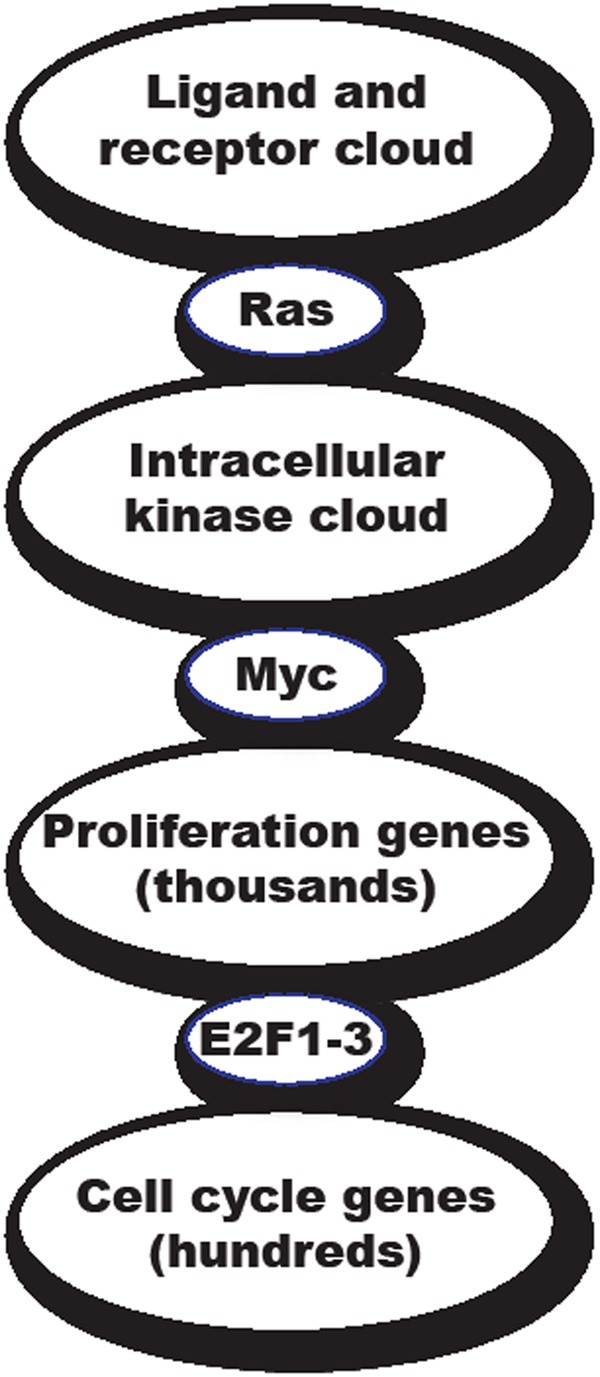Figure 1. Schematic model of how the need for robustness in biological systems is reconciled with the need for binary switchability.

The consolidated outputs from robust, self-correcting and functionally degenerate information-gathering and information-processing “clouds” (e.g. receptor tyrosine kinases, intracellular kinases, disparate coordinated programs mediating somatic cell replication and propagation) are hypothesized to funnel down into functionally non-degenerate, go/no go switches such Ras, Myc and the activating E2F (E2F1, 2 & 3a) proteins. The obligate and functionally non-degenerate properties of Myc, Ras and E2F make them a unique class of therapeutic drug target, whose inhibition cannot easily be circumvented by compensatory or evolutionary mechanisms. However, the very essentialness of these targets raises the specter of severe side effects. In this regard, Myc has the advantage that, since its sole biological role appears to be in cell proliferation, the only side effects of Myc inhibition are likely to affect regenerating tissues.
